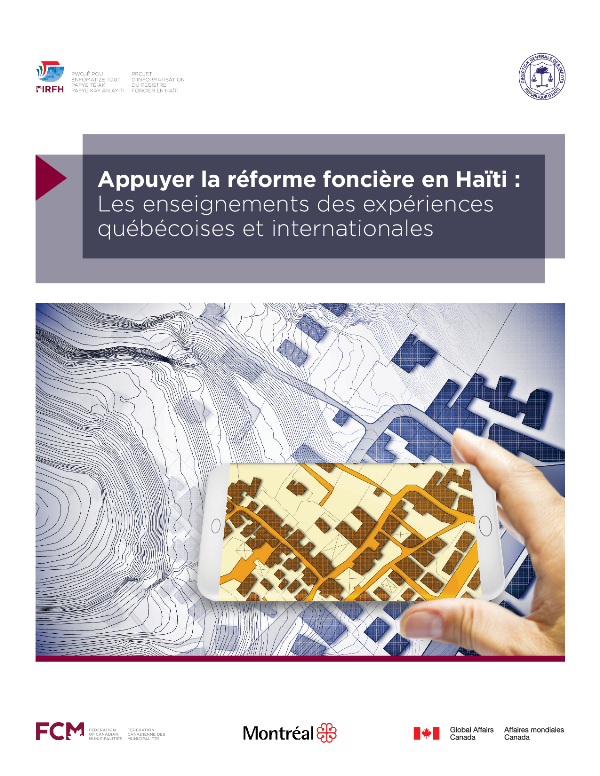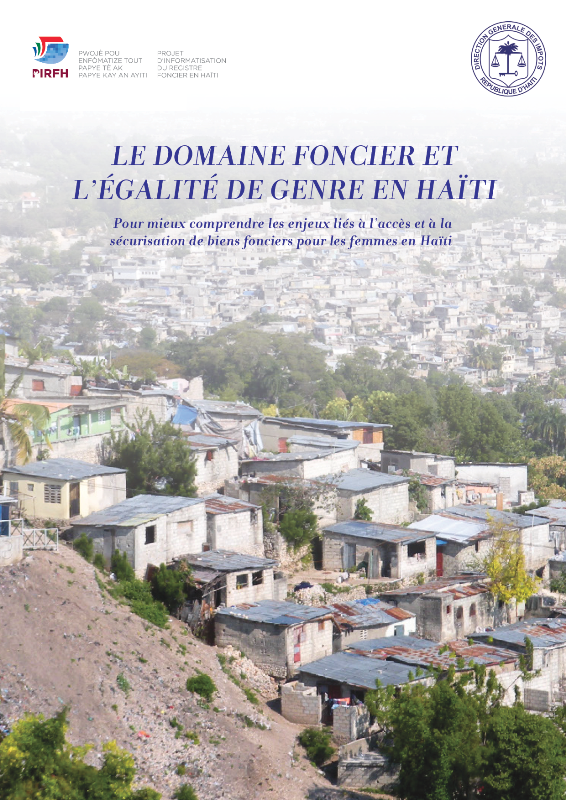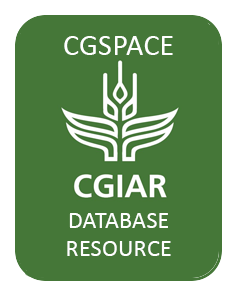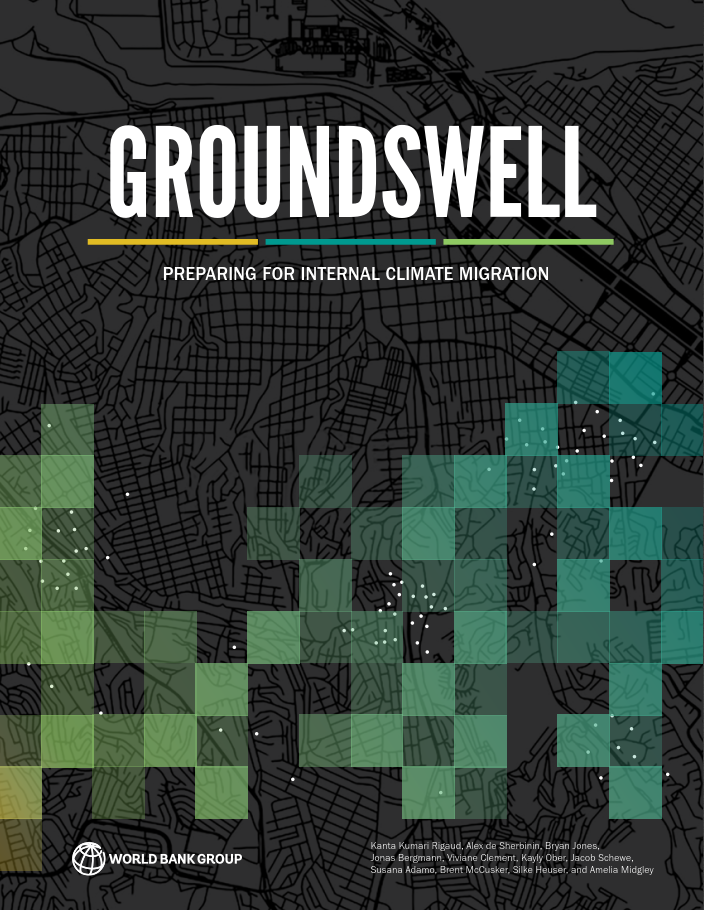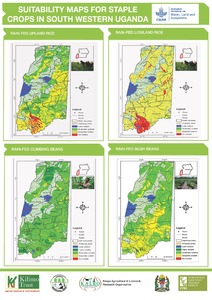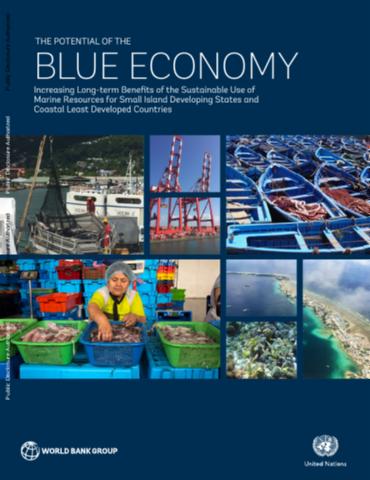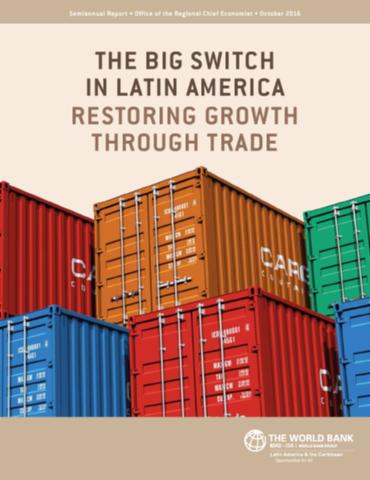Nous sommes ravis de partager avec vous la publication récente de l'Organisation Panafricaine des Agriculteurs (PAFO) : Gérer les Connaissances des Agriculteurs : "Bonnes expériences et pratiques prometteuses, de l'événement global de gestion des connaissances du FO4ACP".…
The extensive arable land and great biodiversity present in Latin America and the Caribbean (LAC) have the potential to ensure sustenance and a good quality of life for its more than 600 million inhabitants. LAC has experienced important changes in land use. When the Europeans arrived in the…
Date: 12 décembre 2019
Source: <a href="http://www.foncier-developpement.fr/publication/haiti-appuyer-la-reforme-…
Date: Mai 2019
Source: <a href="http://www.foncier-developpement.fr/publication/le-domaine-foncier-et-legalite-de-ge… & Développement</a>…
<em><strong>Internal climate migrants are rapidly becoming the human face of climate change. According to this new World Bank report, without urgent global and national climate action, Sub-Saharan Africa, South Asia and Latin America could see more than 140 million people move within…
The Regional Action Plan for the Implementation of the New Urban Agenda in Latin America and the Caribbean (RAP) seeks to be the regional expression of the New Urban Agenda, setting out potential actions and interventions as well as relevant and priority policy guidance for all Latin American…
This report was drafted by a working group of United Nations entities, the World Bank, and other stakeholders to suggest a common understanding of the blue economy; to highlight the importance of such an approach, particularly for small island developing states and coastal least developed…
This report was drafted by a working group of United Nations entities, the World Bank, and other stakeholders to suggest a common understanding of the blue economy; to highlight the importance of such an approach, particularly for small island developing states and coastal least developed…
This report, produced by the Office of the Chief Economist for Latin America and the Caribbean (LAC) of the World Bank, examines LAC’s challenges as the global economy settles to an equilibrium with lower growth and lower commodity prices. Chapter 1 gives an overview of the world economy and how…



